FAVORITE HELMETS OF THE MXA WRECKING CREW
It is hard to believe how many different helmet brands and models there are on the showroom floors these days. They come in prices as low as $75 and as high as $750 and in an array of colors and graphic styles. Every helmet sold in the USA must pass the Department of Transportation (DOT) certification test, and most of the high-performance helmets also apply for either ECE or Snell certification. ECE and Snell hold helmets to a higher standard than the DOT.
 MXA test riders don’t get to choose the color or graphics on their helmets, because every MXA helmet comes in one color: orange. And when MXA test riders are working, like during photo shoots, they wear the gear and helmet combos chosen for them by the powers-that-be. However, when they race, practice or ride away from the cameras, they get to choose whichever brand of helmet they want (they still don’t get to choose the color, though). Daryl Ecklund selected the $449.95 Fox V3 helmet, John Basher went for the $745 6D ATR-1 helmet and Jody Weisel races in the $600 Arai VX-Pro4. Here are their helmet stories.
MXA test riders don’t get to choose the color or graphics on their helmets, because every MXA helmet comes in one color: orange. And when MXA test riders are working, like during photo shoots, they wear the gear and helmet combos chosen for them by the powers-that-be. However, when they race, practice or ride away from the cameras, they get to choose whichever brand of helmet they want (they still don’t get to choose the color, though). Daryl Ecklund selected the $449.95 Fox V3 helmet, John Basher went for the $745 6D ATR-1 helmet and Jody Weisel races in the $600 Arai VX-Pro4. Here are their helmet stories.
ARAI VX-PRO4 HELMET BY JODY WEISEL
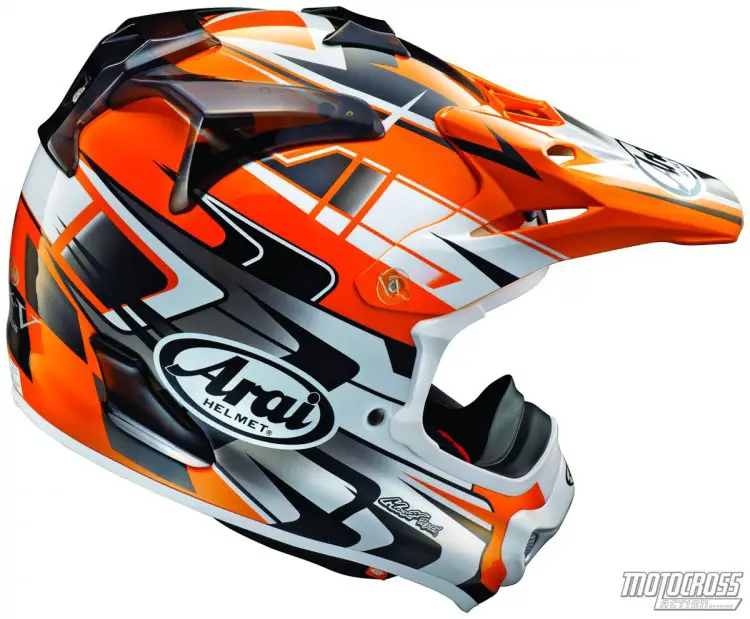
Looking back over my racing career, it is hard to believe that I’ve only put my trust in four different brands of helmets over the last 40 years. I was lucky to start in a Bell in the late 1960s and stuck with it, except for a brief fling in 1983 with the French-made Techno helmet, until the terrible Bell Moto 5 came out in 1989. The Moto 5 didn’t fit well, had a rubbery visor and moved around on my head in the whoops. I switched to Shoei and stuck with it for 20 years before upgrading to an Arai.
As an MXA test rider, I’ve worn lots of different brands of helmets in test sessions over the decades, but I have always admired Arai’s strict design philosophy. Arai believes that the safest helmet is egg-shaped, perfectly smooth and devoid of ridges or winglets. Often criticized for the bland look, Arai refuses to put fad designs ahead of safety criteria. Take the chin bar. It has the same foam and padding as the rest of the helmet, and Arai tries to keep it as low profile as possible so that it can’t snag on the ground, thus it doesn’t stick out as far as competing helmet designs. The outer shell’s proprietary Super Fiber has a 30-percent-higher tensile strength and penetration resistance than standard fiberglass (and costs six times more). Additionally, Arai uses five different densities of foam inside the helmet, choosing where to use each type of foam based on how the helmet hits the ground: soft foam on the large round surfaces on the top and sides and firmer foam on the fore head and rear of the helmet.
The VX-Pro4 is Arai’s latest version, and with the exception of a few more air vents, 14mm-longer visor and frangible grill and duct work, it is true to the original Arai vision.
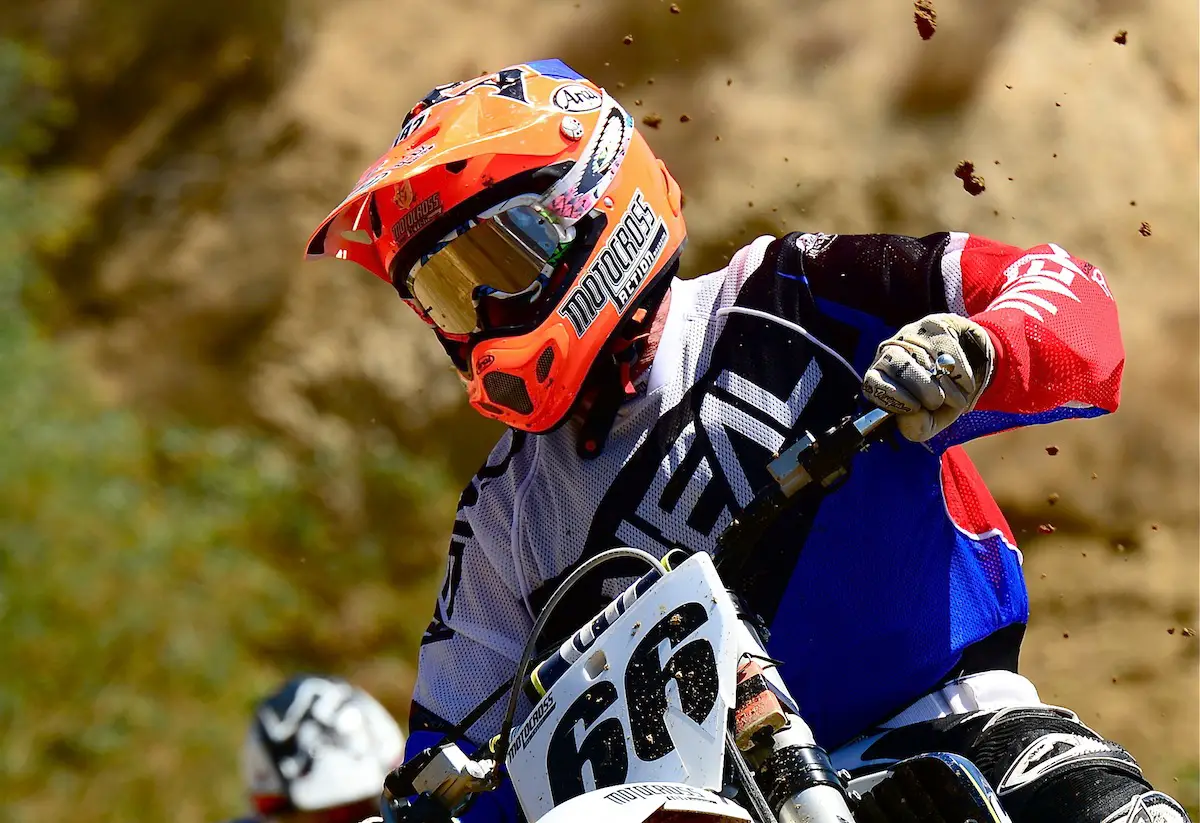 Jody Weisel in the Arai VX-Pro4.
Jody Weisel in the Arai VX-Pro4.
MXA test riders have to wear what they are told during photo sessions, but when we race we are on our own. I can wear any brand of helmet I want, and I choose Arai because of its exceptional safety standards, smooth shell shape, multi-density foam liner, emergency release system, frangible plastic parts (including the visor screws) and hand-made quality.
Not everyone is as in love with Arai as I am. I can understand the reason why:
(1) Arai’s design constraints don’t make it look very modern.
(2) The all-encompassing liner that I think feels plush, others find claustrophobic.
(3) The four layers of Super Fiber, full padding and chin-bar foam produce a heavy 3-pound, 6-ounce helmet.
(4) The price tag, at around $600 for solid colors and $730 for graphics, is gasp-producing. www.araiamericas.com
I choose to wear an Arai because of its quality construction, design integrity and safety standards. Oh, don’t get me wrong. I’m not above wanting to look cool, which I proved during my Techno days, but when it comes to my head, I’m willing to sacrifice some style points in the name of protection—not the other way around.
6D ATR-1 HELMET BY JOHN BASHER
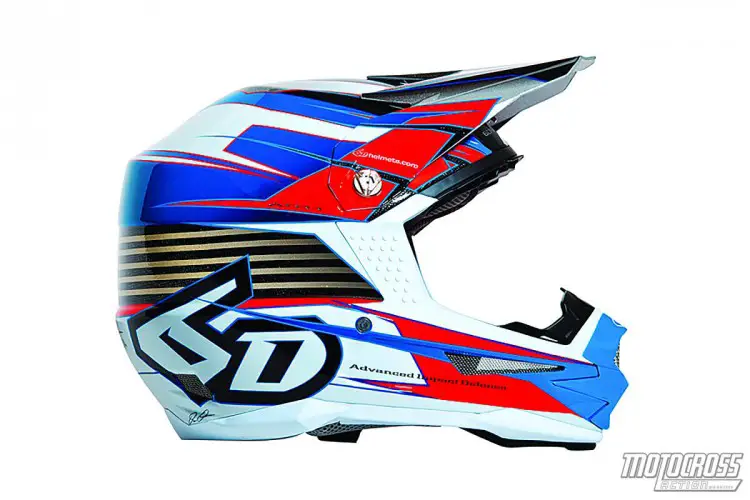 Just as a wild horse gets spooked by a loud noise, I get edgy when wearing an unproven helmet. In my tenure on racetracks around the country, I’ve strapped on all sorts of helmets. When I wasn’t so in touch with the long-term effects of concussions (read ignorant), I didn’t care whether I planted my melon inside a $100 helmet or a $600 helmet. To me, looks trumped safety. That was before I educated myself about helmet performance.
Just as a wild horse gets spooked by a loud noise, I get edgy when wearing an unproven helmet. In my tenure on racetracks around the country, I’ve strapped on all sorts of helmets. When I wasn’t so in touch with the long-term effects of concussions (read ignorant), I didn’t care whether I planted my melon inside a $100 helmet or a $600 helmet. To me, looks trumped safety. That was before I educated myself about helmet performance.
I have been fortunate enough to avoid the mind-numbing, ear-ringing shell shock caused by a massive concussion. I can count on one hand how many times I have lawn-darted into the dirt with resulting consequences to my noggin. Maybe I have cat-like instincts or, most likely, I’ve just been lucky. Regardless, I’m not complaining. Post-concussion syndrome is a serious mental health condition. I don’t want to end up with a failing memory or worse later in life.
That’s why, for the past few years, I have sworn off wearing any helmets I deem unfit to handle a blow. What are my safety requirements?
(1) Shell. I don’t believe in carbon fiber-only shells (although 6D does sell a carbon lid), because they are too rigid. Sure, they look cool, but I would rather have the shell absorb an impact than look stylish.
(2) Liner. EPS foam has come a long way in the past decade. Single-ply hard foam has made way for soft-and-hard combinations (to my way of thinking, the Arai VX-Pro4 is the king at integrating the two together).
(3) Exterior. Edgy styling and plastic ornaments can be attractive, but they are also susceptible to digging into the ground and causing the helmet to rotate in the event of a crash. I like a lid that is smooth and will skip across the ground (think flat-bottom boat hull as opposed to a garden rake).
Twenty-seven. That’s the magic number of hourglass-shaped rubber elastomer dampers integrated into the 6D ATR-1, and what really sets the 6D apart from anything else on the market. Coined Omni-Directional Suspension (ODS), the elastomers essentially move three-dimensionally to absorb direct and oblique blows. Once the 6mm of travel in the ODS elastomers have been used up during an impact, the softer below-120G inner EPS liner joins the thicker 300G outer liner. It is a multi-pronged strategy to reduce the energy impact to the brain. And that, my friends, is why I have sworn by the 6D since it was released in 2012.
It is not the most stylish helmet on the market—far from it, due to the dual liners—but the shell itself is very big, due to the need for more space thanks to the rubber elastomers. 6D has freshened up the graphics schemes as of late, but they pale in comparison to other companies out there (here’s a nod to you, Troy Lee Designs). The ATR-1 also isn’t cheap. At $745 (www.6dhelmets.com), it will break the bank. However, for me there’s no substitute for safety. When piloting a 240-pound bike across rough terrain at 50 miles an hour, I need peace of mind, and the 6D ATR-1 provides that.
FOX V3 HELMET BY DARYL ECKLUND
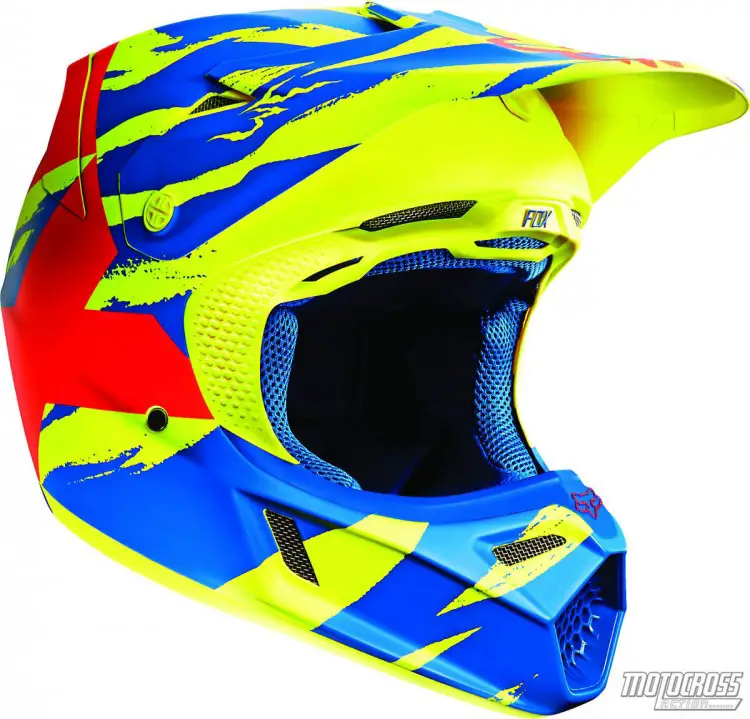
My father realized I was fearless on a dirt bike from a very young age. For many years, I would have tremendous crashes and somehow bounce off the ground like Gumby. My dad knew that my streak of luck would eventually run out. He was worried about my safety, so he invested in one of the best helmets money could buy. Mind you, our family was not wealthy by any means. I wore hand-me-down gear with gaping holes and scratched goggles that I could barely see through. Nevertheless, a Shoei VFX-2 helmet was covering my brain. It cost well over $500, but to my family it was worth its weight in gold. I even had a few helmet sponsor offers, but we passed them up in favor of the tried-and-true Shoei. Fortunately, the hit to my father’s wallet was lessened somewhat when Shoei graciously sponsored me with free helmets later on during my Amateur career.
The sponsor well of freebies started drying up once I became an AMA Pro. In truth, safety took a back seat once I stepped up to the big leagues. I didn’t have much of a choice. As a starving privateer, I was struggling to make ends meet. I was a privateer looking for the best offer, not the best choice. So, instead of wearing a quality helmet that I paid for, I opted to sign deals for helmets that didn’t offer the same level of safety as my trusty Shoei. At the time, I didn’t think there was a huge difference between the cheap and expensive helmets, but many concussions later I know that not to be true.
Beginning in 2007, I started doing photo shoots for MXA when I wasn’t racing. I always looked forward to wearing MXA’s brand-new gear and different helmets. Over time, I had worn virtually every helmet made and had settled on a favorite—the Fox Racing V3. I always loved the style of the Fox helmets. I knew that it wasn’t the most expensive helmet on the market, but it was the coolest looking and one of the most comfortable. Every time I was assigned a photo shoot, I always hoped that I would get to wear the Fox V3.
In 2012, I became a full-time employee at MXA. In the first week of the new gig, John Basher asked me what helmet I wanted to ride in when I wasn’t doing photo shoots. I could finally call my own shots! I would be back on the free-gear gravy train like during my Amateur days. Naturally, my first choice was the Fox Racing helmet. At first I wore the V4 lid all the time, but when Fox released the newest V3, which comes equipped with the MIPS (Multi-Directional Impact Protection System), I switched to it. The MIPS is designed to rotate inside the helmet and lessen head injury from rotational impacts.
The Fox Racing V3 ($449.95, www.foxhead.com), with stylish looks and added safety features, is my top helmet choice. Until a company comes out with a more stylish and safer helmet, I will be trusting my head to a Fox Racing V3.



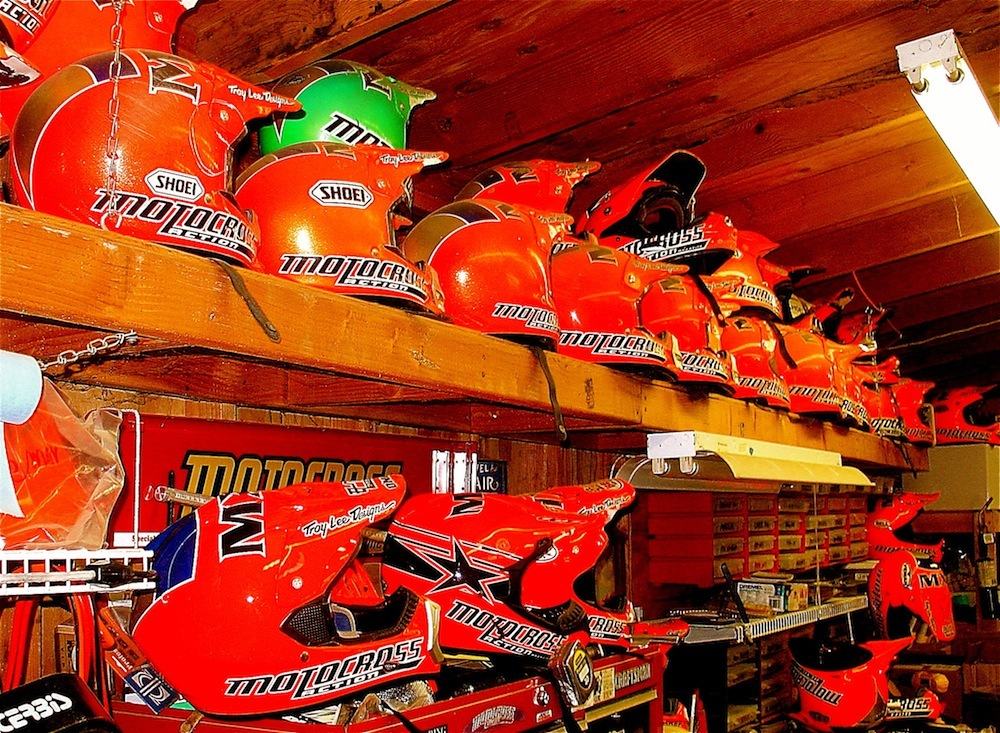
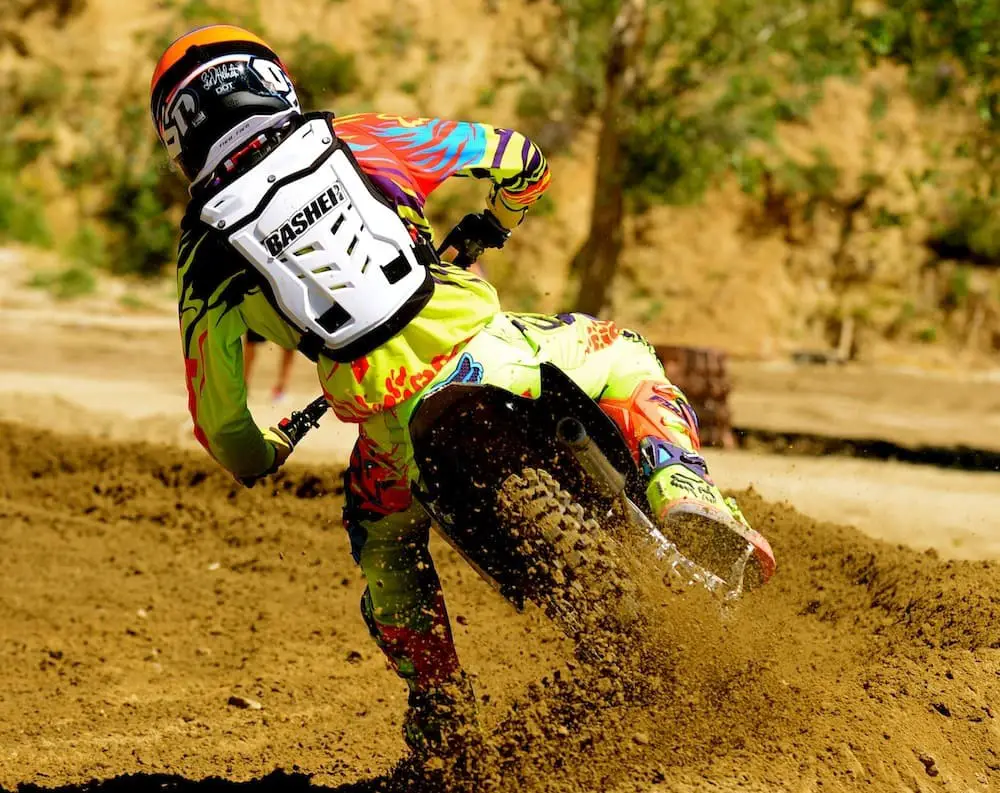
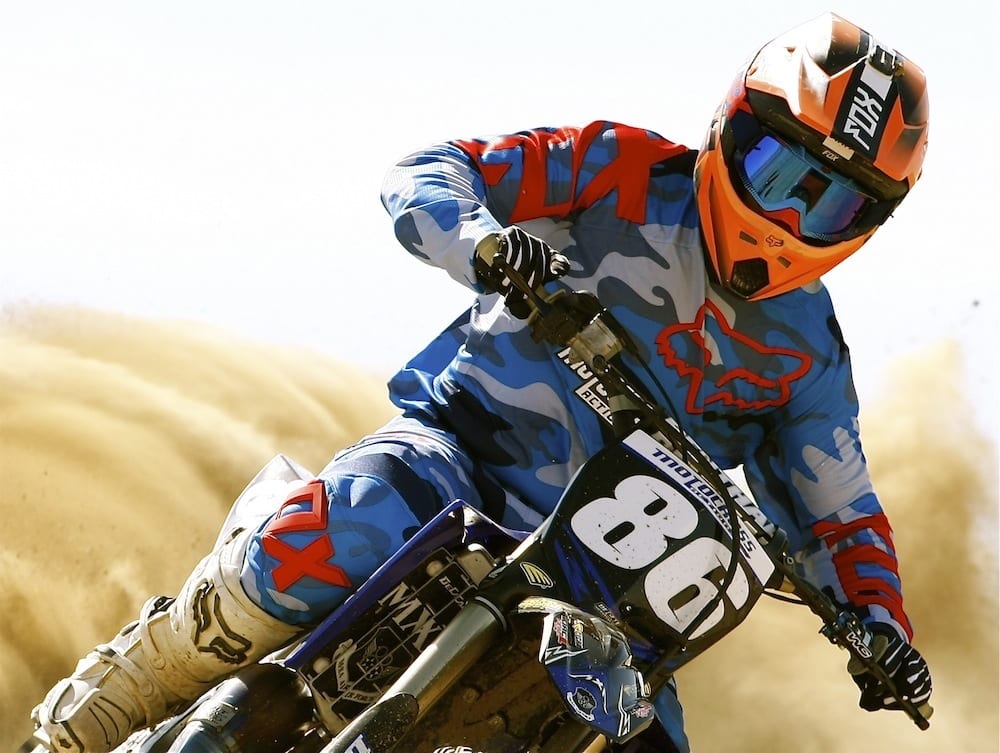



Comments are closed.